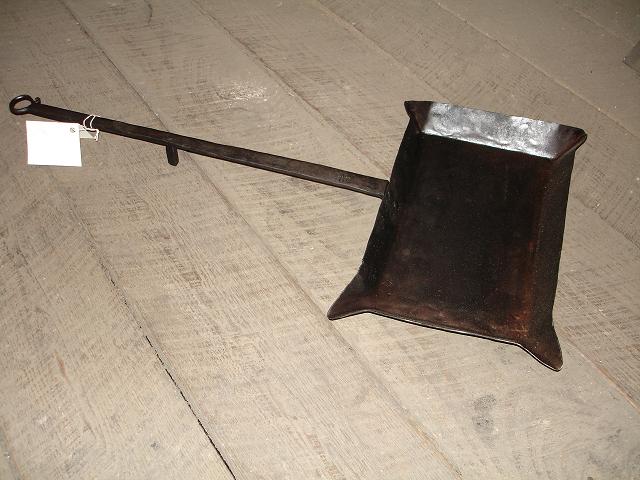Ok, the quick bit first, although the shape and the thinness of the walls screams post Darby they did have cast iron cauldrons in the 16 th C According to Lindsay anyway. I can live with that.
The segment on rushlights was somewhat lacking, she omitted the important soaking period which makes the stripping much easier and the leaving them out to bleach and dry out once pealed. In the time devoted to this segment she could have easily shown the correct way. I also vaguely remember her saying the strip of skin you leave on acted as a wick, which would have been nonsense as it acts just as a support for the fat soaked pith. In fact to decrease the size of the flame and extend the burn time you leave two strips on to make what was called a watch light. There was a implication that they were done as and when you has fat spare and they were used all year round. For a good part of the year you just didn't need any lighting, the sun was up before you and you were in bed before it went dark to be up early to work. Also most folk would only have a surplus of fat when they were culling the animals you weren't keeping over the winter, which was also the time you'd be needing the lighting. The longer they were stored the more they degrade and the more chance there was of the insects and mice getting to them. They could have found her a proper gresset to use rather than a frying pan. I'd love to commission one for myself but Christmas is coming and ill be skint until spring ( three sons ).
apart from that , what a fantastic show, I loved it to bits! Can't wait for the next!
atb
Tom

